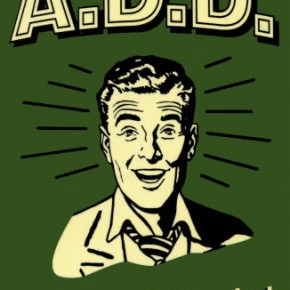With the removal of space and money as a constraint, we start to have to consider the true economy online – that of attention.
Demise of Traditional Advertising
- Television – DVR, Hulu, Netflix streaming
- Radio – Pandora, Spotify, Rhapsody
- Newspaper – RSS, Blogs, Tablets
While not all these services are free (many are ad supported), Moore’s Law and the mass scale of the web permits a consumer to pay a very small fee to completely tune out all advertisements. For many, the cost of a few bucks a month is worth it to be free of all such interruptions when they sit down to consume content.
All this has resulted in the fact that we are increasingly getting spoiled and no longer will tolerate getting interrupted by companies pushing a message. In a sense technology has given us back our freedom of choice as consumers. We decide when, where, and how we will interact with a brand – if we choose to interact at all. This rapid change has caught industries entirely off guard. The advertising model worked for decades and hummed along just fine. Until it didn’t. So, as digital marketers we have to be fully aware of this competition for attention. We have to deliver not great but remarkable experiences. We can no longer focus on competing on price. The Internet has stripped away this as a competitive advantage. Amazon is only a click away with its massive economies of scale to deliver a product at a price that make it nearly impossible to compete. No. We must sit back and ponder designing the experience of interacting with a brand or product. When we fail to think on this, the user is gone back to the search results page, Facebook, Twitter, Tumblr, or StumbleUpon and we are left scratching our heads on why our brand is failing to grow. In short, brands have not been in control going back to the early 2000s.

